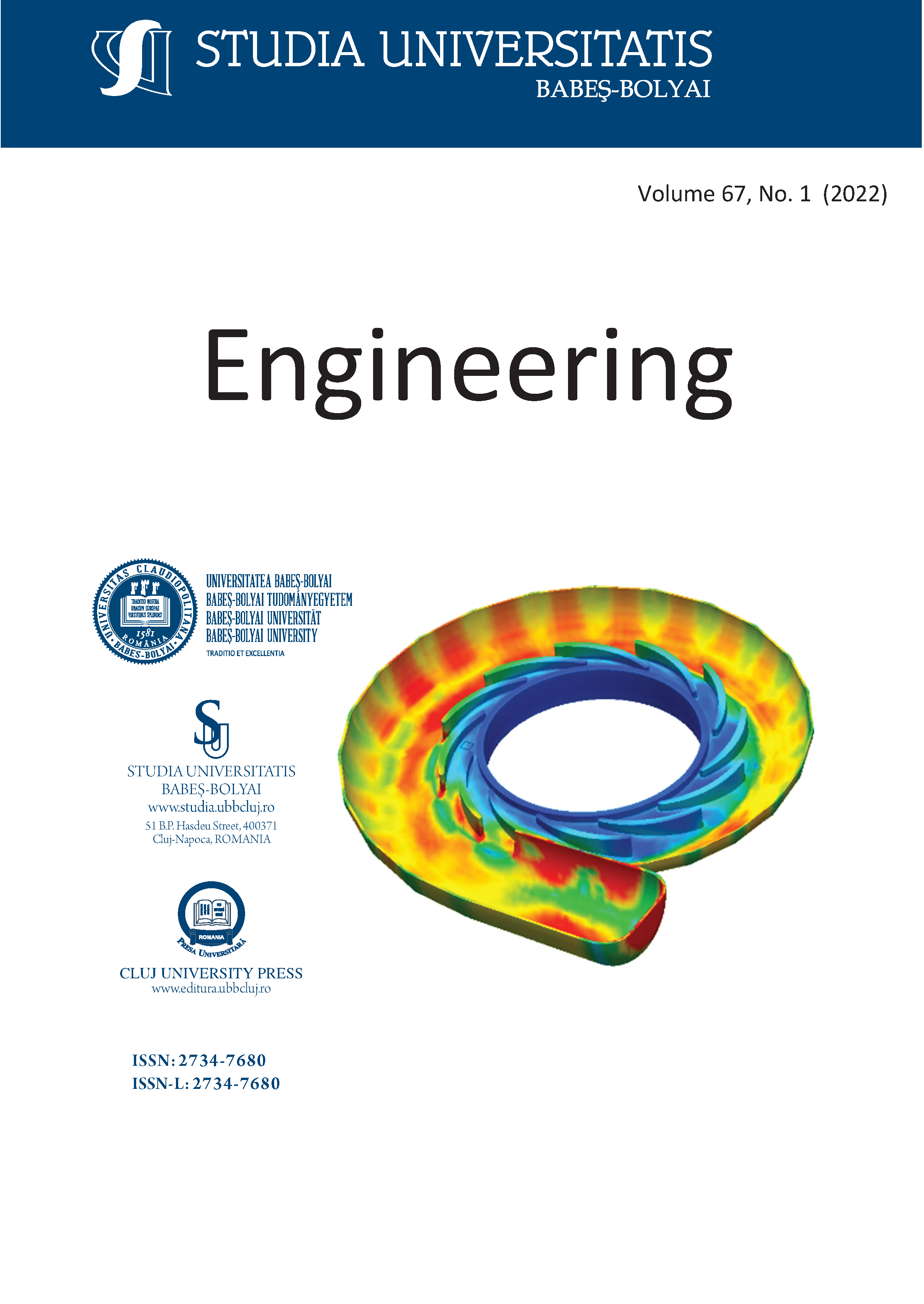Evaluation of the effects of non-revenue water on water security in Ondo State, Nigeria
DOI:
https://doi.org/10.24193/subbeng.2022.1.16Keywords:
Rainwater, Water, NRW, Simulation, Distribution, Resources, Public, Cost, Supply.Abstract
The provision of safe drinking water is a crucial service that generates revenue for water utilities to fund their operations. The annual amount of water lost is a crucial indicator for evaluating how effectively water is supplied and distributed. According to the usage of a deterministic simulation model on public water supply variables, the volume of non-revenue water (NRW) and its cost consequences have further developed a complicated system for the availability, distribution, and affordability of the utility. Annual water accessed (AWA) was negatively impacted by the steady annual increase in public water supply (AWS) from 8.0 * 106 m3 to 13.4 * 106 m3, with R2 = 0.096, and annual water loss (AWL) was significantly impacted with R2 = 0.99. This result suggests that the public water supply plays a role in water loss, which primarily occurs through leaks and bursts. As a result, Akure's expected annual volume and revenue water costs (NRW) are 6 million m3 and 15.6 million USD, respectively. A thorough investigation reveals that the annual money lost might be utilized to fund health and education programs for eight months. Therefore, it is predicted that the difficulty of determining safe drinking might be reduced by 30% if the rainwater is effectively harnessed in Ondo State, Nigeria.References
Besner M.C., Camper A., Explaining the occurrence of coliforms in distribution systems, Jour. AWWA, 94(8), pp. 95-109.
Butler D., Leakage Detection and Management, Palmer Environmental, 6(3), 2009, pp. 50-67
Fanner P.V., Leakage Management Technologies, AWWARF Project Report 2928, 2009.
Lambert A., Brown T.G., Takizawa M., Weimer D., A review of performance indicators for real losses from water supply systems, AQUA., Dec 1999.
May A., International Benchmarking of Leakage from Water Reticulation Systems, Proceedings of Leakage 2005 Conference, 2005.
Mckenzie R.S., Development of a standardized approach to evaluate burst and background losses in potable water distribution systems, SANFLOW User Guide. South African Water Research Commission, Report TT 109/99, 2001.
OSMWR, Ondo State Ministry of Works Reports on Census, Vol. 1, 2005, pp. 12-45
RMP, Guide on Road Map to Ondo-State Develop, 2003.
Downloads
Published
How to Cite
Issue
Section
License
Copyright (c) 2022 Studia Universitatis Babeș-Bolyai Engineering

This work is licensed under a Creative Commons Attribution-NonCommercial-NoDerivatives 4.0 International License.





 © Studia Universitatis Babeş-Bolyai Engineering. Published by Babeș-Bolyai University.
© Studia Universitatis Babeş-Bolyai Engineering. Published by Babeș-Bolyai University.